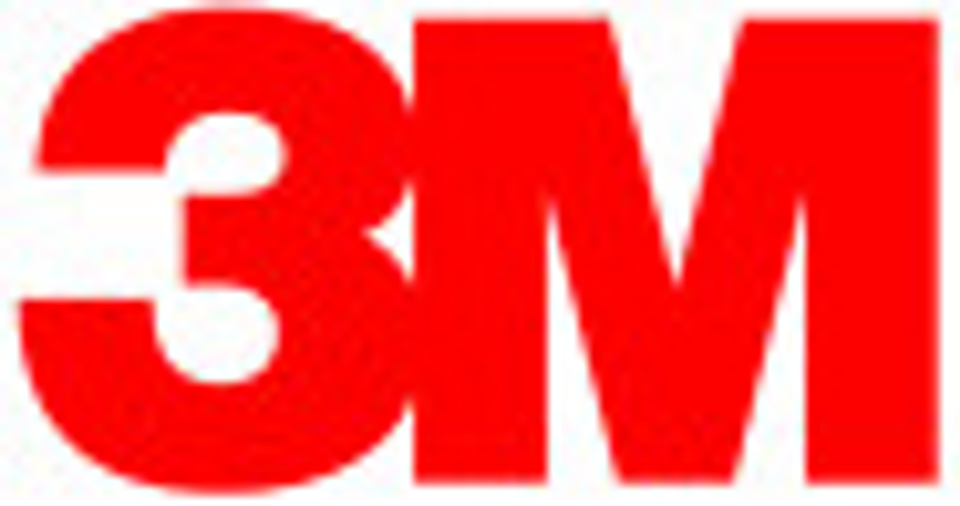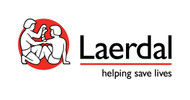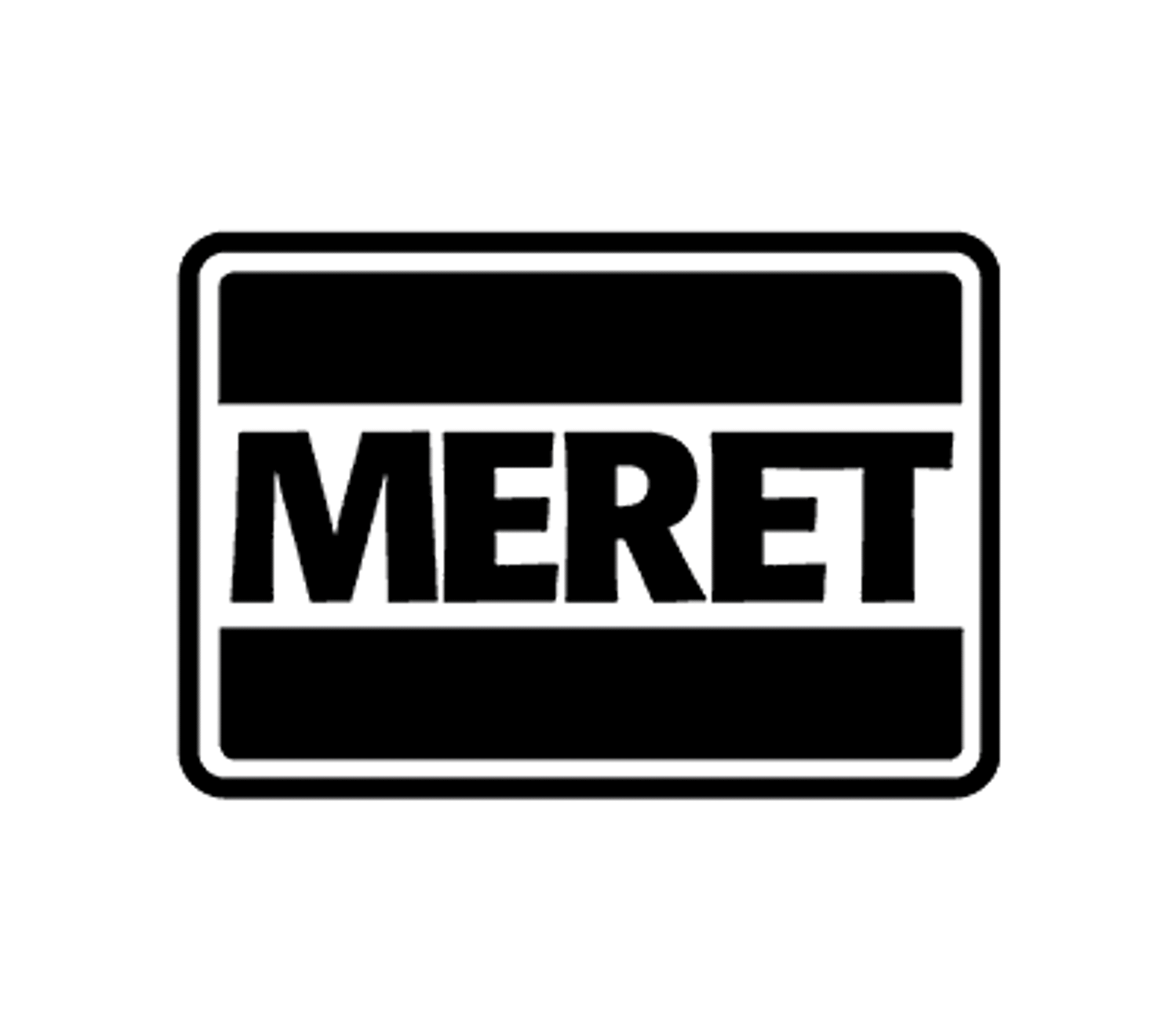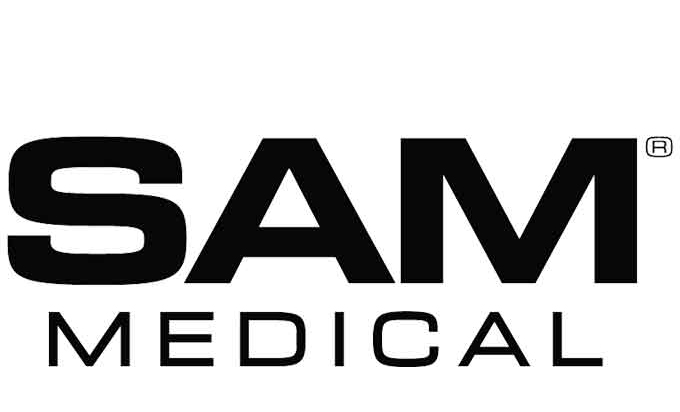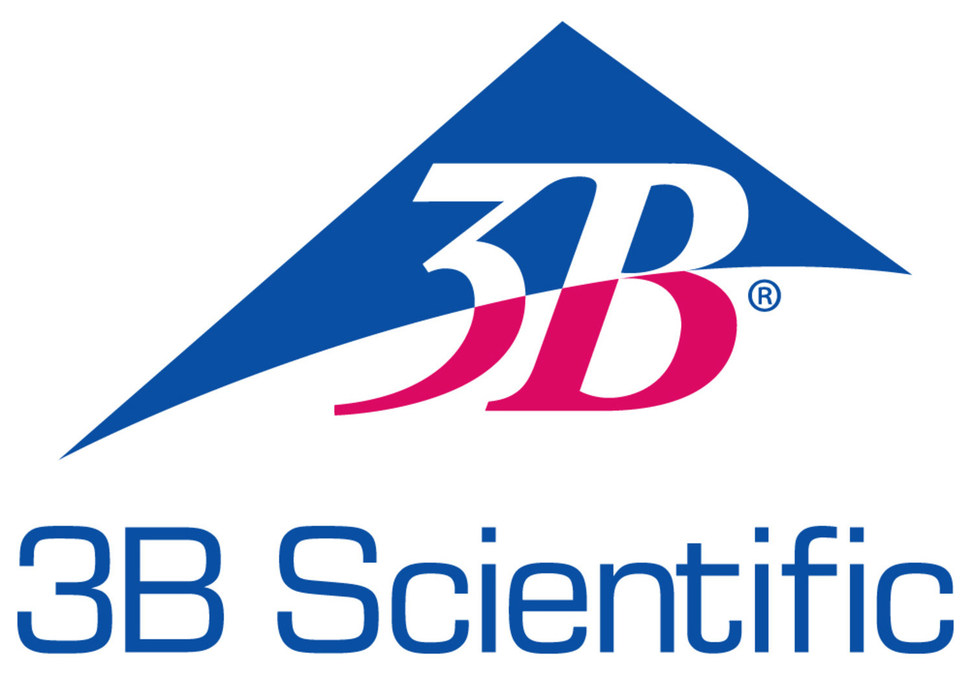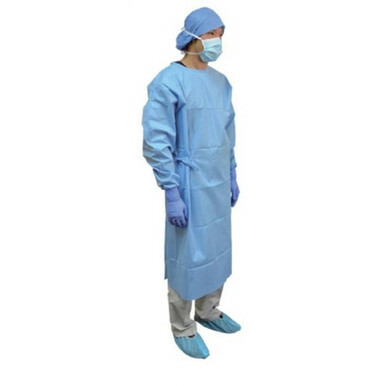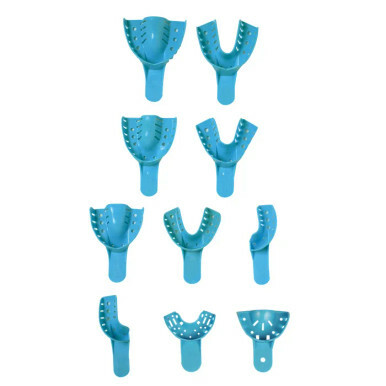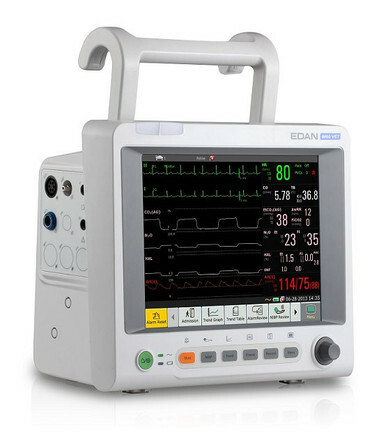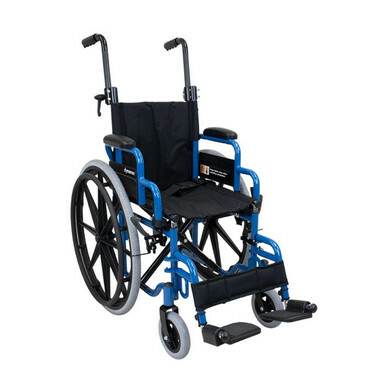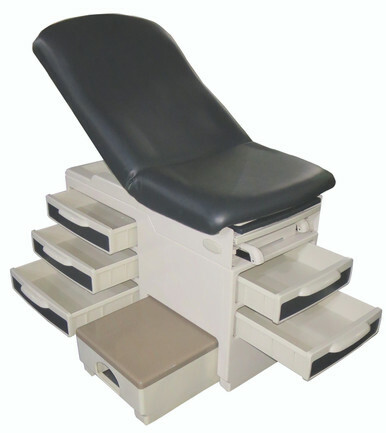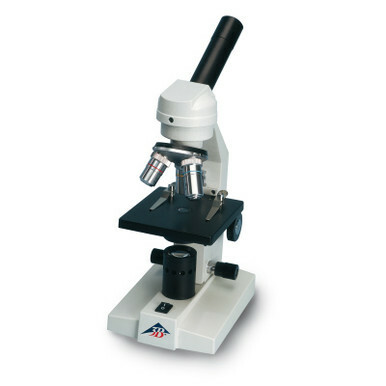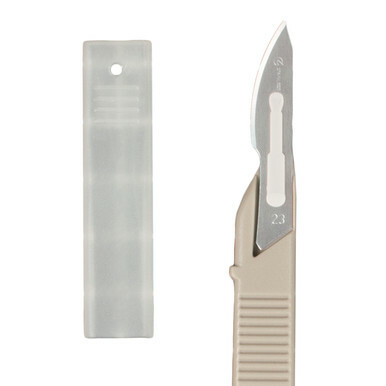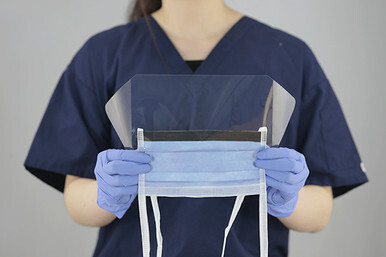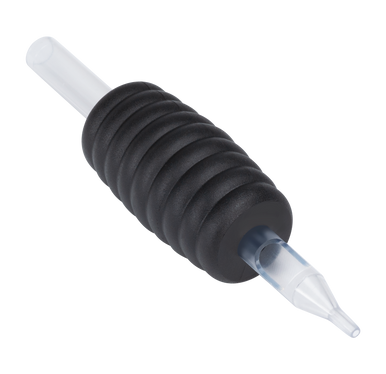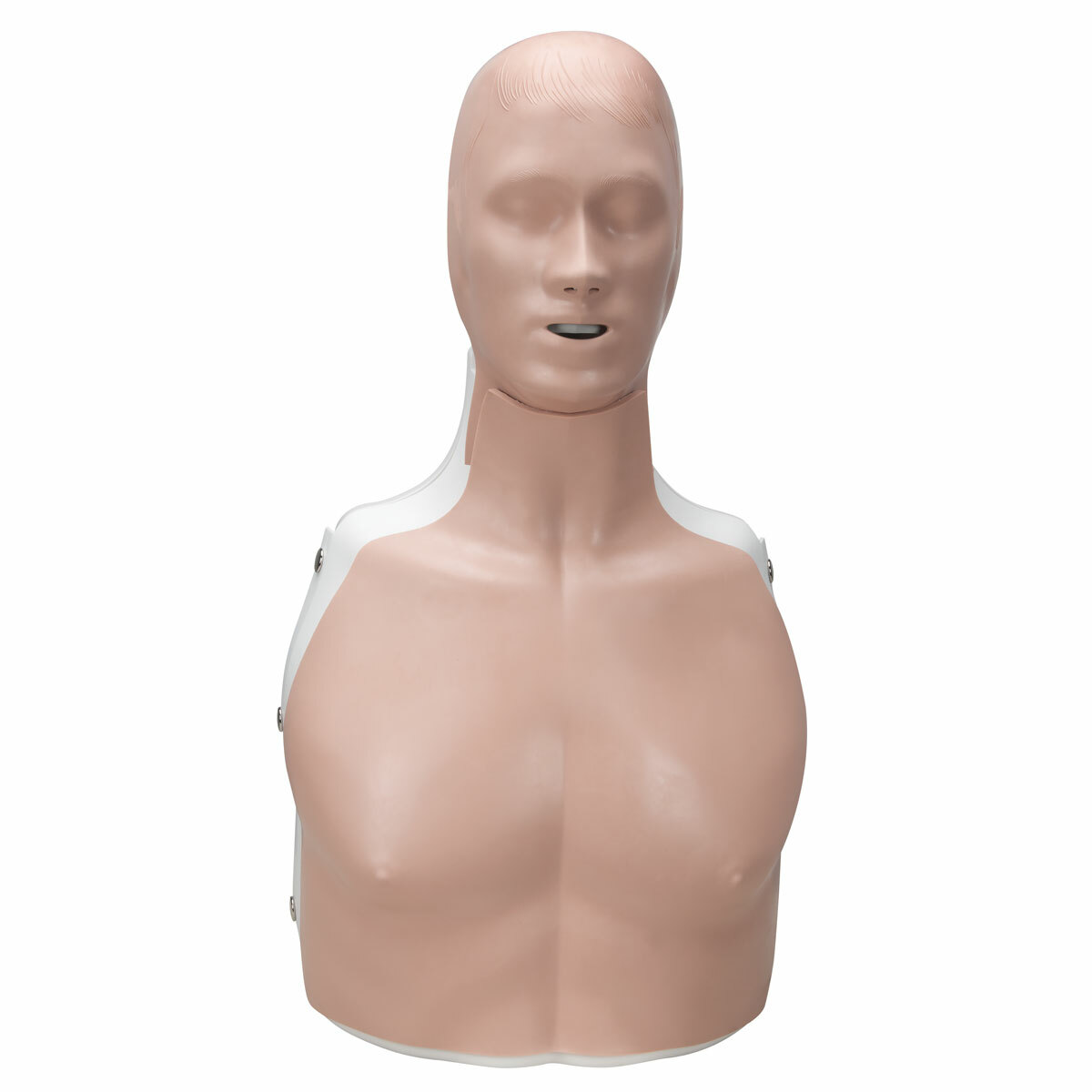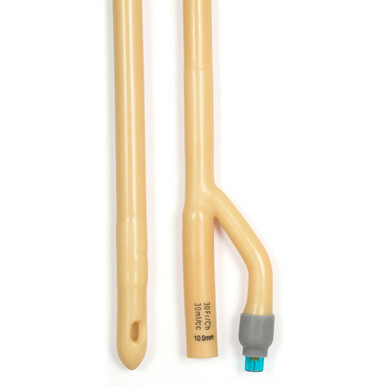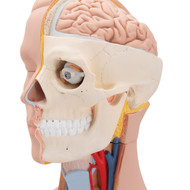Anatomy Unveiled: The Significance of Medical Anatomical Models in Healthcare Education and Practice
Posted by EMRN on 9th Oct 2023
In the world of healthcare education and practice, the importance of understanding the human body's intricate structures cannot be overstated. Medical anatomical models, often crafted with precision and attention to detail, play a pivotal role in helping medical professionals, students, and patients grasp the complexities of human anatomy. In this blog post, we will explore the significance of medical anatomical models, their diverse applications, and why they are a fundamental component of any medical supplies store.
The Role of Medical Anatomical Models:
Medical anatomical models are three-dimensional representations of various parts of the human body, including organs, bones, muscles, and systems. These models serve a range of purposes, including:
- Education: Anatomical models are indispensable tools in medical education. They provide a tangible and visual representation of the body's structures, enabling students to learn and understand complex anatomical relationships.
- Patient Communication: For healthcare professionals, anatomical models are valuable when explaining medical conditions and procedures to patients. They help bridge the gap between medical jargon and patient comprehension.
- Surgical Planning: Surgeons use anatomical models for pre-operative planning and practice, enhancing surgical precision and reducing risks.
- Research: Anatomical models are utilized in medical research to study diseases, test medical devices, and develop new treatment approaches.
Types of Anatomical Models:
Anatomical models come in various forms to cater to specific educational and clinical needs:
- Full-Body Models: These provide a comprehensive view of the entire human body, including detailed organ systems. They are ideal for general medical education.
- Organ-Specific Models: These focus on individual organs or systems, allowing in-depth study and specialization. Examples include heart models, brain models, and skeletal models.
- Life-Size vs. Miniature Models: Depending on the intended use, models can be life-size or scaled down for practicality.
- Interactive and Virtual Models: With advancements in technology, interactive and virtual anatomical models are becoming increasingly popular for interactive learning and remote education.
The Benefits of Anatomical Models:
- Visual Learning: Anatomical models provide a visual representation that aids in retention and comprehension, making them an effective educational tool.
- Tactile Experience: Handling models allows students and medical professionals to physically interact with anatomical structures, reinforcing learning.
- Patient Engagement: Patients often find it easier to understand their condition and treatment options when healthcare providers use anatomical models.
- Precision Training: Surgeons and medical practitioners can practice procedures and hone their skills on models before performing them on patients.
Conclusion:
Medical anatomical models are indispensable in the healthcare field, serving as essential educational, communication, and practice tools. Whether you are a medical student, a seasoned healthcare professional, or a medical supplies store looking to enhance your product offerings, investing in high-quality anatomical models is a wise choice.
At EMRN, we recognize the critical role anatomical models play in medical education and practice. Explore our wide range of anatomical models, designed to meet the diverse needs of healthcare professionals and institutions. With these models, you can enhance your understanding of human anatomy and improve patient care, making them a valuable addition to your medical supplies store.

